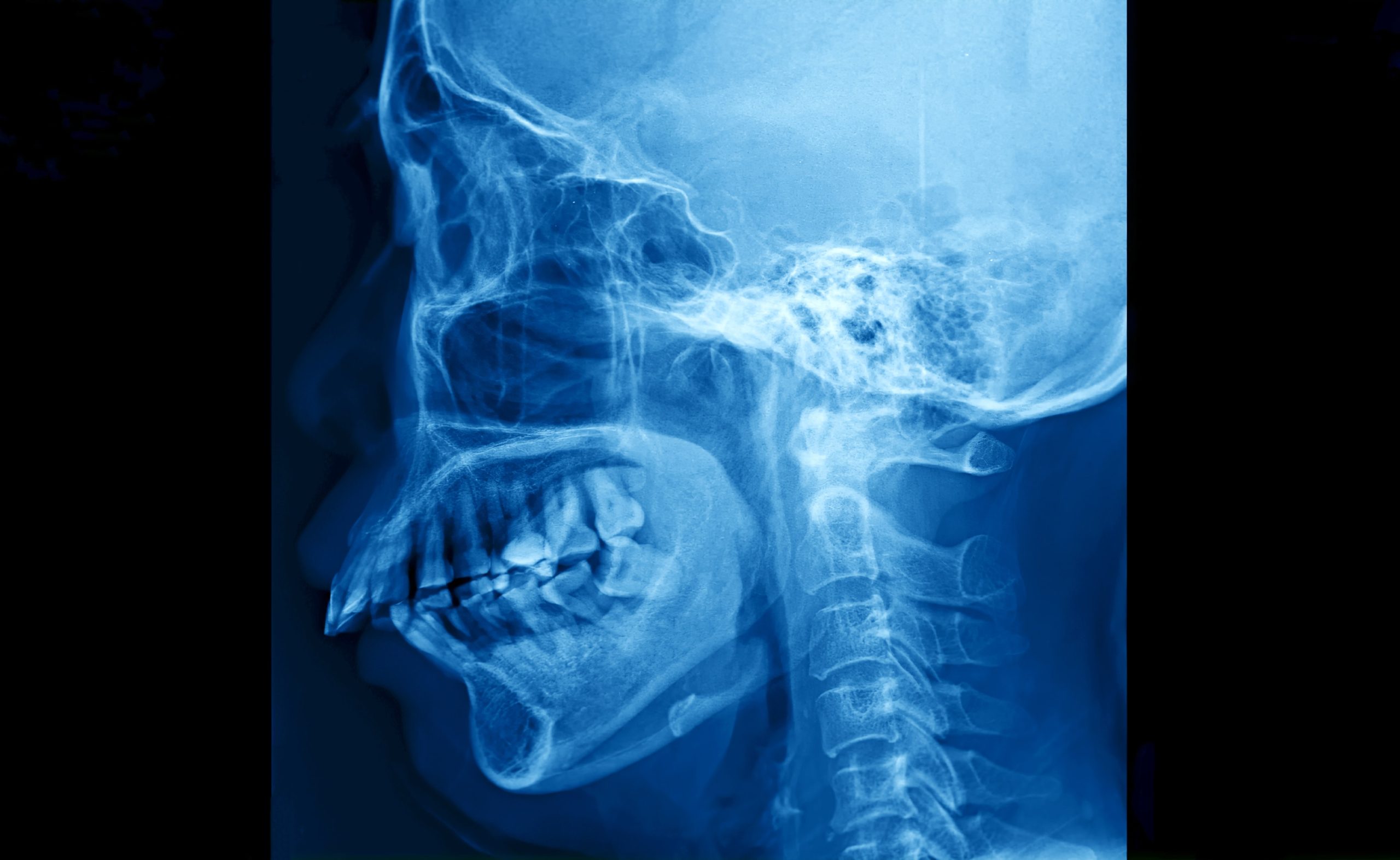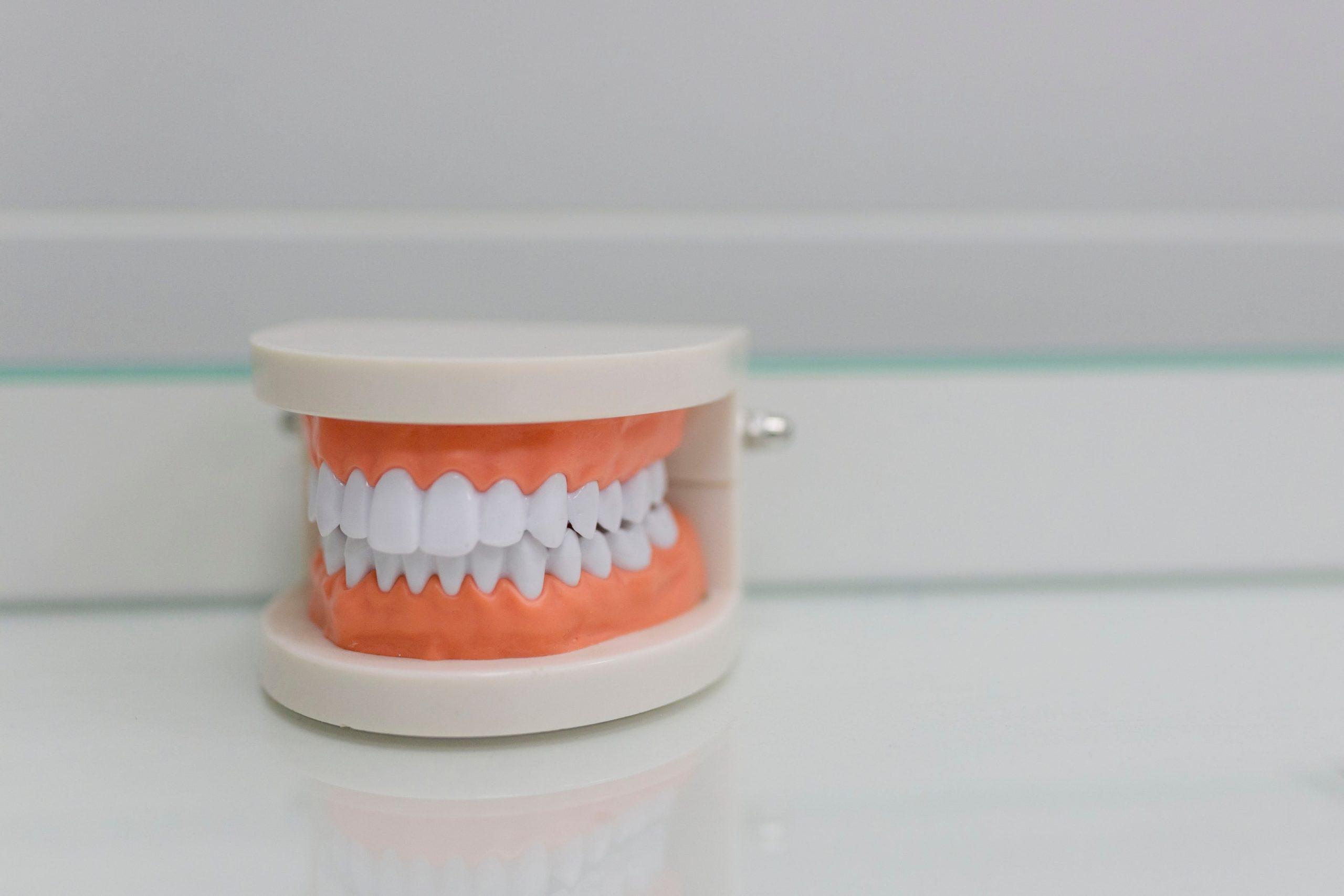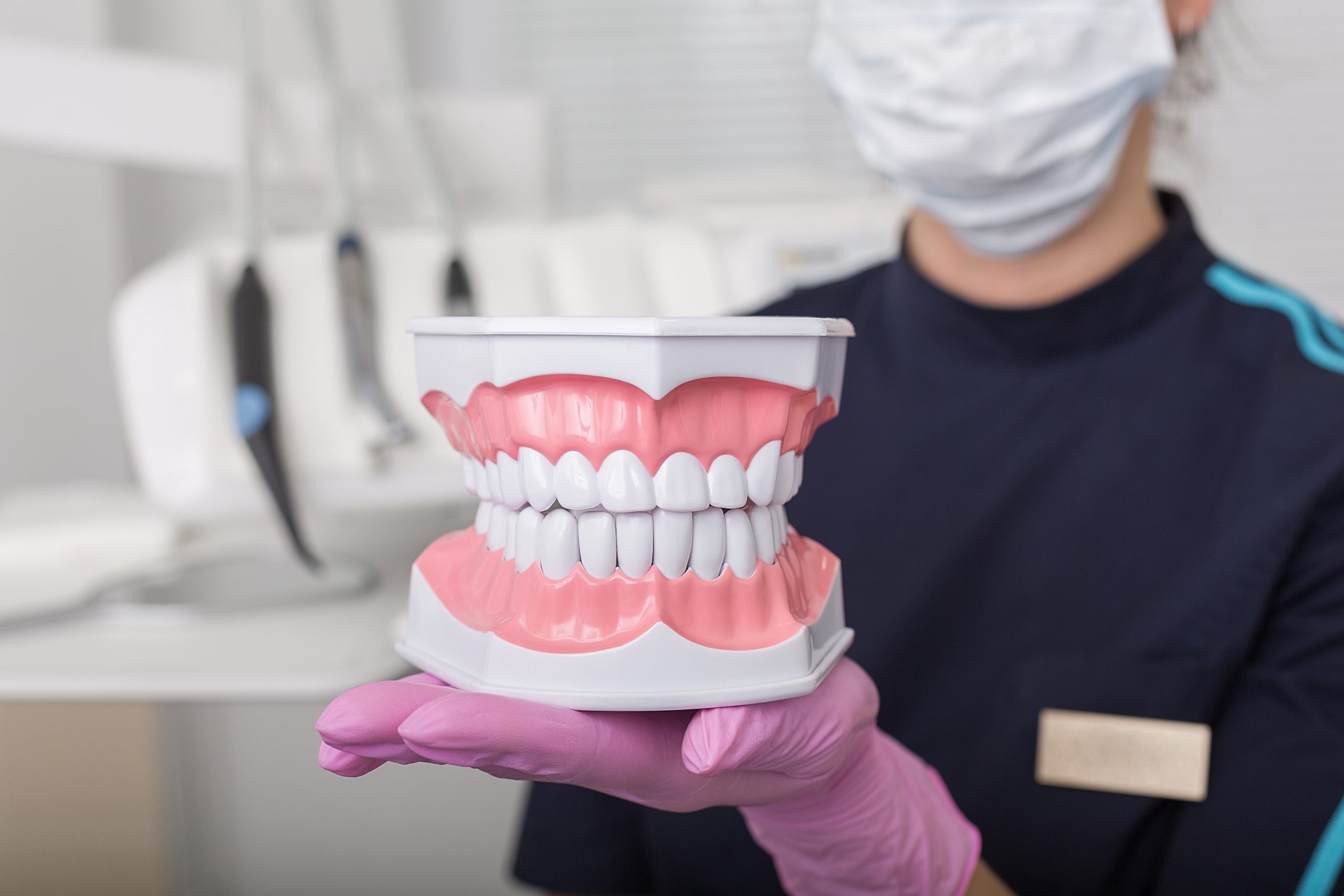Finding the right care for your child’s jaw misalignment can feel like navigating a maze. At Impact Orthodontics in Calgary, AB, we specialize in helping kids aged 5-15 from SE and SW Calgary and surrounding communities.
In some cases, severe misalignment may require corrective jaw surgery to address bite problems, misaligned jaws and teeth, and overall dental health.
A jaw misalignment can have far-reaching effects on your child’s health, but with proper consultation and treatment, these issues can be effectively managed. Let’s dive into what you need to know about jaw misalignment, its impact, treatment options, and when to seek help.
The Ripple Effect of Jaw Misalignment
Imagine your jaw as the foundation of a house. If the foundation is off-kilter, everything built on top of it suffers. Similarly, a misaligned jaw can lead to a cascade of problems, from headaches to difficulty chewing and chronic jaw pain.
The alignment of your jaw impacts your bite, which in turn affects everything from oral health to posture. Kids with jaw misalignment may experience chronic pain, speech difficulties, and even behavioural issues due to discomfort.
What You Will Learn
In this post, we’ll explore:
- The impact of jaw misalignment on overall health.
- When to consider a jaw misalignment consultation.
- Treatment options available for jaw misalignment.
- Practical tips for managing symptoms at home.
- Insight from industry professionals on the importance of early intervention.
How Jaw Misalignment Affects Health
Jaw misalignment can lead to a variety of health issues, including chronic headaches, neck pain, and even digestive problems.
One such condition is temporomandibular joint disorder (TMJ/TMD), which can cause migraine-like headaches, chronic facial, neck, and shoulder pain, premature wear of teeth, and periodontal disease.
Beyond the Smile: The Broader Implications
Jaw misalignment, or malocclusion, can lead to a variety of health issues. Misaligned jaws can cause TMJ (temporomandibular joint) disorders, which often present as headaches, earaches, and neck pain.
These symptoms occur because the jaw muscles work overtime to compensate for the misalignment, leading to tension and discomfort.
Children may also develop difficulties with speech and chewing, which can impact their nutrition and overall development.
Behavioural issues can arise when children are in constant discomfort, affecting their performance in school and social interactions.
Practical Tip: Encourage your child to practice good posture and avoid habits like chewing gum excessively, which can exacerbate jaw strain.
The Importance of a Jaw Misalignment Consultation Near Me
When Should You Seek Help?
Recognizing the need for a consultation is crucial. If your child experiences frequent jaw pain, difficulty chewing, or if their teeth appear visibly misaligned, it’s time to see a specialist.
Early intervention can prevent the worsening of symptoms and promote better long-term oral health.
Misalignment can also lead to chronic conditions such as sleep apnea, which can severely affect a child’s quality of sleep and overall health.
By addressing these issues early, you can prevent more serious complications down the line.
Practical Tip: Monitor your child’s eating habits and speech. If they avoid certain foods or struggle with pronunciation, these could be signs of jaw issues.
Treatment Options for Jaw Misalignment
TMJ treatment options are available as part of the overall treatment plan for jaw misalignment.
Orthodontic Solutions: Braces and Beyond
Orthodontics offers several effective solutions for correcting jaw misalignment. Traditional braces, clear aligners like Invisalign, and other orthodontic devices can gradually realign the teeth and jaw, providing significant relief from symptoms.
The duration of orthodontic treatment varies depending on the severity of the misalignment, but most cases can be effectively managed within one to three years.
Modern orthodontic solutions are designed to be more comfortable and less visible, making them suitable for children and teens.
Statistic: According to the American Association of Orthodontists, nearly 4.5 million children in the U.S. wear braces at any given time, highlighting the commonality and effectiveness of this treatment.
Corrective Jaw Surgery: When and Why?
In severe cases, jaw surgery might be necessary to correct the jaw alignment. Orthognathic surgery, which realigns the jaw bones, can provide a permanent solution to chronic pain and misalignment issues.
Oral surgery may be necessary for correcting structural irregularities in the jaw. Surgery is typically considered when orthodontic treatments alone are insufficient. The procedure involves repositioning the jaws to ensure they align correctly, followed by a period of recovery and orthodontic care to fine-tune the results.
Myofunctional Therapy: Strengthening Jaw Muscles
Myofunctional therapy involves exercises designed to strengthen the muscles around the jaw. This type of therapy can be particularly beneficial for younger children whose jaws are still developing. Myofunctional therapy can help improve the function of the jaw joint.
It can help correct habits like tongue thrusting and improper swallowing that contribute to misalignment.
Therapists work with children to perform specific exercises that improve muscle function and coordination.
This non-invasive treatment can be an excellent adjunct to orthodontic care, enhancing the overall outcomes.
Practical Tip: Consistent practice of myofunctional exercises at home can significantly improve the effectiveness of this therapy.
Neuromuscular Dentistry: Comprehensive Care
Neuromuscular dentistry focuses on the alignment of the jaw in relation to the muscles and nerves.
Neuromuscular dentistry can provide effective TMJ pain relief.
This approach involves comprehensive assessments to determine the best course of treatment, which may include orthodontics, physical therapy, and even chiropractic care.
By addressing the underlying neuromuscular issues, this holistic approach can provide lasting relief from pain and improve jaw function. It’s a multidisciplinary method that ensures all aspects of the condition are treated.
Statistic: Studies show that neuromuscular dental treatments can reduce jaw pain and improve function in over 80% of patients.
Managing Jaw Pain Symptoms at Home
Managing symptoms like headaches, muscle tension, and TMJ pain at home can be effective with the right techniques.
Simple Strategies to Ease Discomfort
There are several ways to manage jaw misalignment symptoms at home. Encourage your child to eat soft foods, use heat packs to relax jaw muscles, and perform gentle jaw exercises. These steps can provide temporary relief until professional treatment is received.
Proper oral hygiene is also crucial to prevent further complications. Ensure your child brushes and flosses regularly to maintain healthy teeth and gums, which supports overall jaw health.
Practical Tip: Teach your child relaxation techniques to reduce stress-related jaw clenching, which can worsen misalignment symptoms.
Nutritional Support: Foods That Help
Certain foods can help alleviate the discomfort associated with jaw misalignment. Soft foods that require minimal chewing, such as yogurt, smoothies, and mashed potatoes, can prevent additional strain on the jaw.
Avoiding hard and chewy foods can also reduce pain and discomfort.
Practical Tip: Incorporate a variety of nutrient-rich soft foods into your child’s diet to ensure they receive essential vitamins and minerals while avoiding jaw strain.
Insights from Industry Professionals
Addressing misalignment in both the upper and lower jaws is crucial for comprehensive treatment.
The Power of Early Intervention
Early diagnosis and treatment of jaw misalignment can significantly improve a child’s quality of life.
At Impact Orthodontists we recommend that children have their first orthodontic evaluation by age 7 to catch any potential issues early on.
Early intervention allows for more conservative treatments that can guide jaw growth and prevent the need for more invasive procedures later.
Regular check-ups with an orthodontist can ensure any issues are addressed promptly.
The Role of Parental Support
Parents play a crucial role in managing their child’s jaw misalignment. Providing emotional support, ensuring adherence to treatment plans, and promoting healthy habits are all essential.
Encouraging your child to communicate openly about their discomfort can help in making necessary adjustments to their treatment.
Practical Tip: Maintain open communication with your child’s orthodontist and follow their advice closely to ensure the best outcomes.
Why choose impact Orthodontics?
At Impact Orthodontics, located in Calgary, AB, we are committed to providing personalized and effective treatments for underbites. Serving SE and SW Calgary and surrounding communities, we focus on creating beautiful, healthy smiles for children aged 5-15. Our team of experienced orthodontists uses the latest techniques and technologies to ensure the best possible outcomes for our patients.
Conclusion
Jaw misalignment is more than just an oral health issue; it’s a condition that can impact your child’s overall well-being.
By understanding the signs and seeking timely consultation, you can ensure your child receives the best care possible.
At Impact Orthodontics in Calgary, we’re here to guide you every step of the way.
Remember, the foundation of a healthy smile begins with a properly aligned jaw, so schedule an appointment today at Impact Orthodontics.
Final Thought: Early intervention and consistent care can transform your child’s health, leading to a brighter, pain-free future.
















